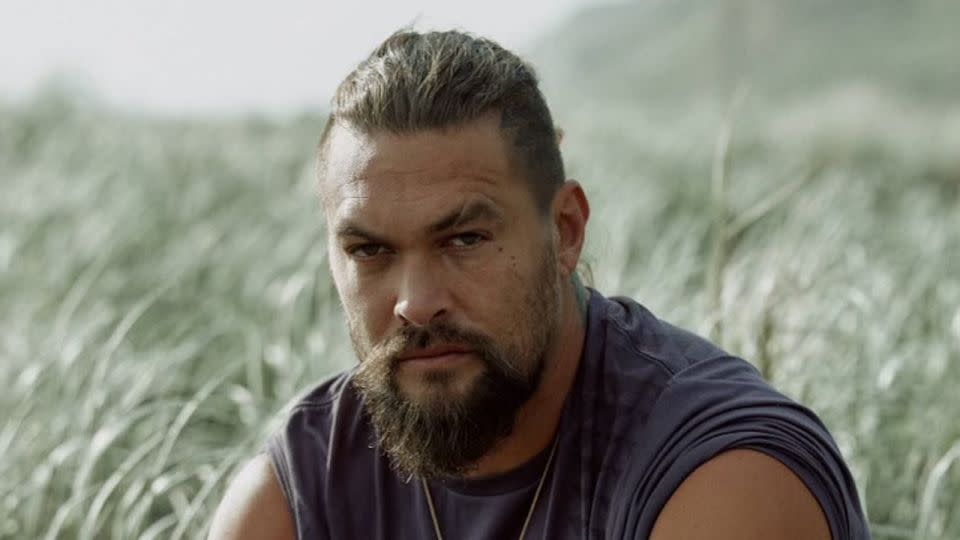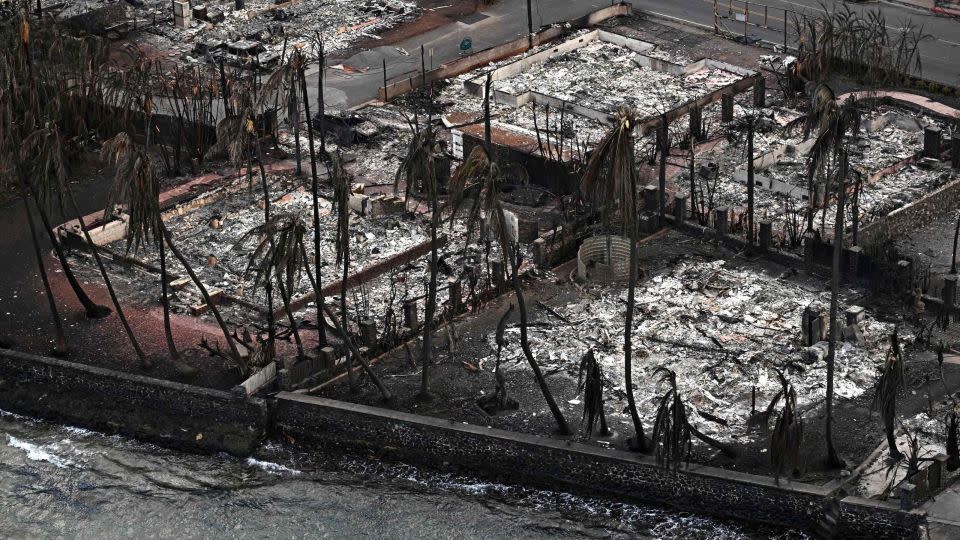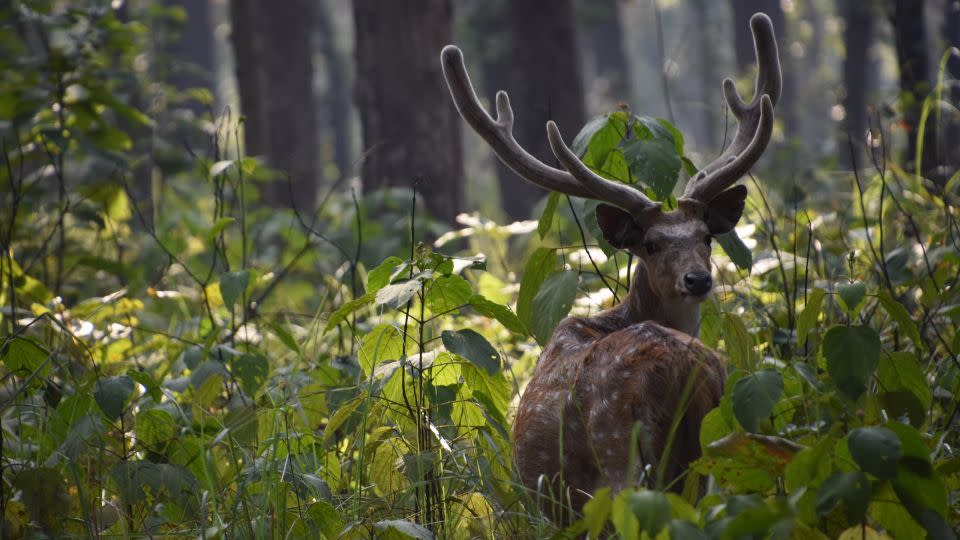Jason Momoa: From the ashes we rise — how nature can still heal
- Oops!Something went wrong.Please try again later.
Editor’s Note: Jason Momoa is an actor and UN Environment Programme’s Global Advocate for Life Below Water. The opinions expressed in this commentary are his own.
Call to Earth is a CNN editorial series committed to reporting on the environmental challenges facing our planet, together with the solutions. Rolex’s Perpetual Planet initiative has partnered with CNN to drive awareness and education around key sustainability issues and to inspire positive action.
Seven months ago, a fiery blaze raged through my ancestral land of Hawaii, consuming thousands of acres, with Lahaina in Maui at the epicenter. Experts say the fires were supercharged by climate change, and native plant species being replaced with less fire-resistant ornamental species.
Almost 100 human lives were claimed, along with those of countless domestic and wild animals. Thousands of buildings were destroyed, with rebuilding costs estimated at over $5 billion. Cancerous pollutants have turned up in the public water system, and accelerated soil erosion stands to further degrade the island’s corals.

Many more hearts are broken as wildfires spread across the continents all the way to the Arctic. The UN Environment Programme, for which I am a Global Advocate for Life Below Water, says that by the end of the century, the number of global wildfires could rise by 50%.
Wildfires are just one cause for alarm over the future of the world’s ecosystems. There is no shortage of signals of the breakdown of nature itself at the hands of mankind. Around 1 million animal and plant species are now threatened with extinction. Freshwater sources and coastlines are rapidly degrading. So are forests, grasslands, shrublands, and peatlands. From vast savannahs and mountainous landscapes to urban and rural microecosystems, three-quarters of the Earth’s land surface has been significantly altered by human actions, as has two-thirds of the world’s ocean, which makes up 70% of Earth’s surface.

Several weeks after fires turned much of our historic town of Lahaina into ashes, newspapers raved about a colossal 150-year-old banyan tree that was charred and then sprouted new green leaves. As encouraging as nature’s resilience and spontaneous rebirth may be, it is not enough to heal nature at the rate we need.
The harm caused to nature since the dawn of the industrial era is so extensive that efforts must be taken to protect what is left and restore what has been degraded. This means immediate action, joining hands, and working together from the poles to the Pacific islands.
Key to this success will be putting Indigenous peoples’ traditional knowledge and community voices at the heart of our decision-making going forward. Western systems have blinded our vision. Indigenous people protect the land, the Earth. We need to go back to allowing them to do so. We must apply this thinking towards the recovery of Lahaina, with local organizations and grassroots initiatives at the forefront and working tirelessly to support their community.
Benefiting from the collective wisdom of the Hawaiian people, who have been traveling across the Pacific for over 2,000 years, using traditional navigational methods to migrate the 2,400-mile path to and from Tahiti, requires recognizing them as the Indigenous people of the ocean.
Governments are also starting to act: All 193 countries that are members of the United Nations committed to a Decade of Restoration and to build back one billion hectares by the end of this decade, an area about the size of China. In the twilight of 2022, a historic deal to protect nature was reached, followed by a first-ever deal to protect the high seas, and other landmark decisions.
On the ground, the world’s most visionary efforts towards building back nature are happening now, reclaiming more and more human-encroached spaces. From an initiative to save Andean forests across seven countries and 3,000 miles, to the expansion of Sri Lanka’s mangrove cover by 50%, and a restored forest that helped double Nepal’s tiger population; from regreening efforts in collaboration with farmers from Senegal to Tanzania to create hundreds of thousands of jobs and bring vast areas affected by desertification back to life, through investments by Pakistani communities in restoring over 30% of the Indus River Basin following deadly floods that struck the country, to the largest-ever restoration initiative to prevent wildfires across the Mediterranean.

These seven initiatives have now been recognized as UN World Restoration Flagships. Last week in Nairobi, in an assembly of the world’s environment ministers, restoration featured prominently in discussions of ministers of environment and other leaders from more than 180 nations.
There is a viral quality to acts of kindness towards nature, and they can inspire additional action from individuals, communities, NGOs, celebrities, scientific institutions, corporations, and governments. Solutions are bound to breed more hope, and every individual action can build up to a massive wave of change, which I call mana (spiritual life-force) nalu (wave).
Even without superpowers, we’re the most powerful creatures in Earth’s history. It remains entirely up to us to determine how that power shall be unleashed.
Do we restore Lahaina and other degraded areas using nature-based solutions that build on what had worked for centuries before, or do we let powerful profit-driven corporations steamroll our voices? My appeal to our generation is to embrace and advocate for the restoration of nature and start making waves.
For more CNN news and newsletters create an account at CNN.com

